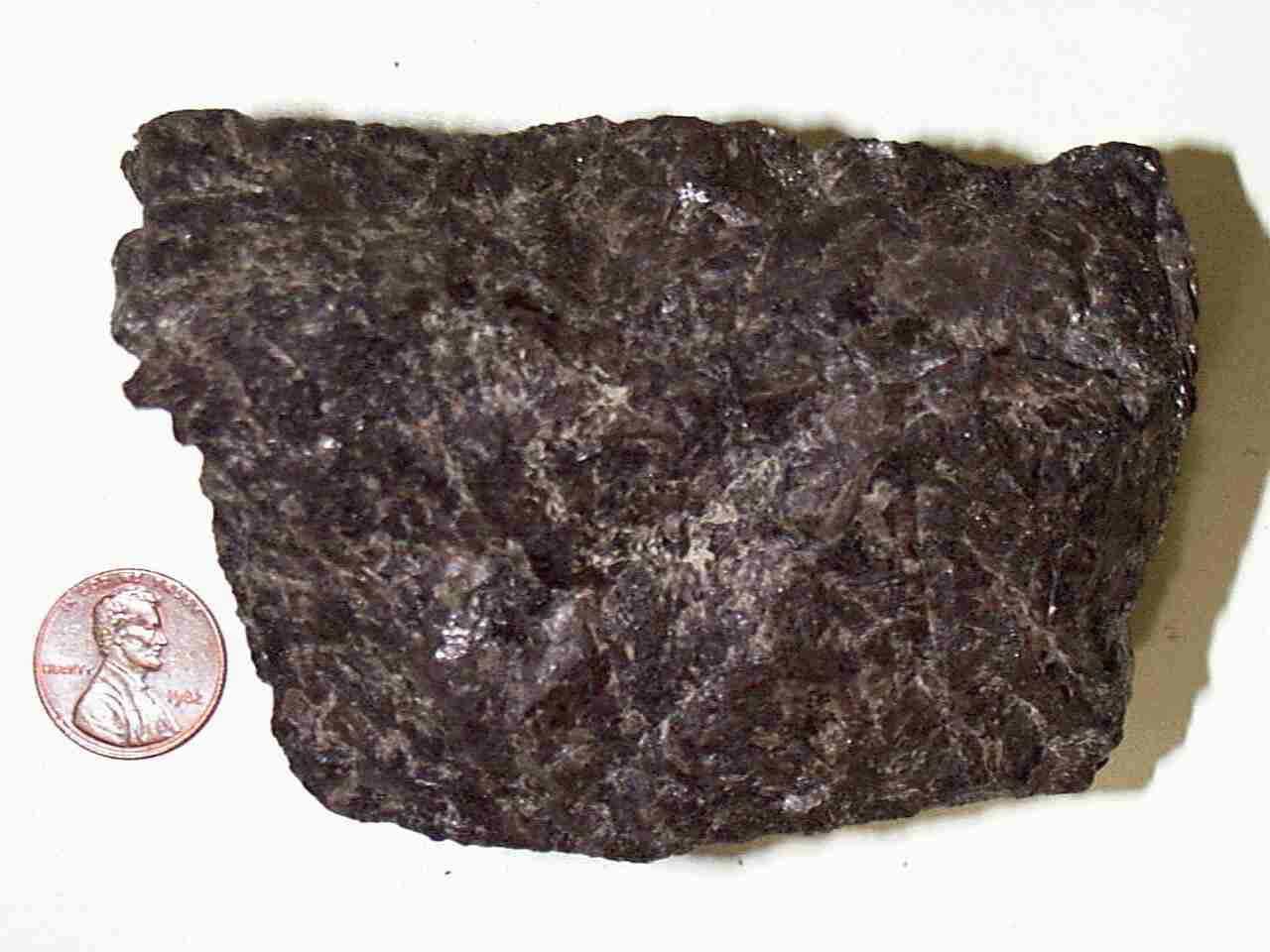Cards In This Set
| Front | Back |
|
Scoria
|
 ~ Mafic / dark~ Glassy / extremely vesicular (no crystals)~ Scoria may contain pyroxene, olivine, magnesium, plagioclase feldspar, biotite mica... |
|
Pumice
|
 ~ Felsic, light in color~ Often contains glassy strands~ Extremely vesicular, glassy (no crystals)~ Pumice is composed of rhyolitic, dacitic, or andesitic rock glass, highly silicic |
|
Obsidian
|
 ~ usually black in color~ extremely glassy (no crystals)~ FELSIC |
 Basalt(Porphyritic-Aphanitic example shown) |
 **Aphanitic example shown** ~ Mafic, dark in color~ Can't see crystals, but they exist~ Plagioclase feldspar, pyroxene, olivine, magnetite, and ilmenite are common minerals present in basalt. |
 Andesite(Porphyritic-Aphanitic example shown) |
 **Aphanitic example shown** ~ Intermediate~ Medium to light grey, brown/purple-ish~ Contains phenocrysts of feldspar (Ca and Na rich varieties), quartz, pyroxene, and biotite mica. |
 Rhyolite(Porphyritic-Aphanitic example shown) |
 **Aphanitic example shown** ~ Light color, felsic (tan, pink, white)~ No visible crystals~ sometimes contains phenocrysts of feldspar (Na- rich varieties), quartz, and biotite mica.~ Common mineral types include quartz, feldspar and biotite and are often found in a glassy matrix. |
 GabbroPhaneritic |
 ~ Mafic~ Phaneritic~ Composition can include: pyroxene, plagioclase feldspar, amphibole, and olivine. |
|
DioritePhaneritic |
 ~ Intermediate~ Think "Diorite <=> Dalmation" ~ "Salt and Pepper" Rock: Diorite is of intermediate composition. It has nearly equal proportions of light, felsic minerals (mostly plagioclase and quartz) and dark, mafic minerals (amphibole, pyroxene, and biotite). |
 GranitePhaneritic |
 ~ Felsic~ Composed of four minerals. These minerals are quartz, feldspar, mica, and usually hornblende.~ Granites can be pink to gray in color, depending on their chemistry and mineralogy. |



